
Piercing the veil
A new exhibition at Buxton Contemporary finds a rich complexity in the shadowy terrain between life and death.
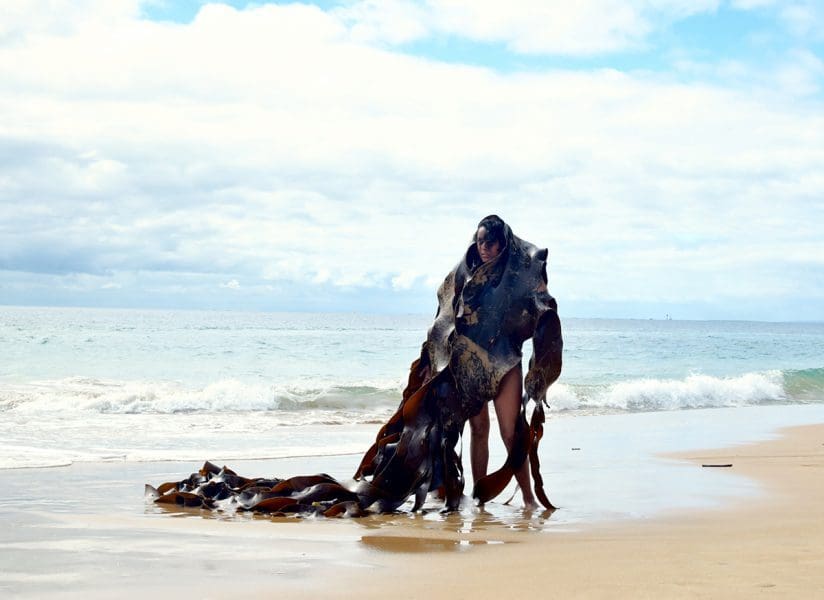
TextaQueen, High tide fashion, 2016.
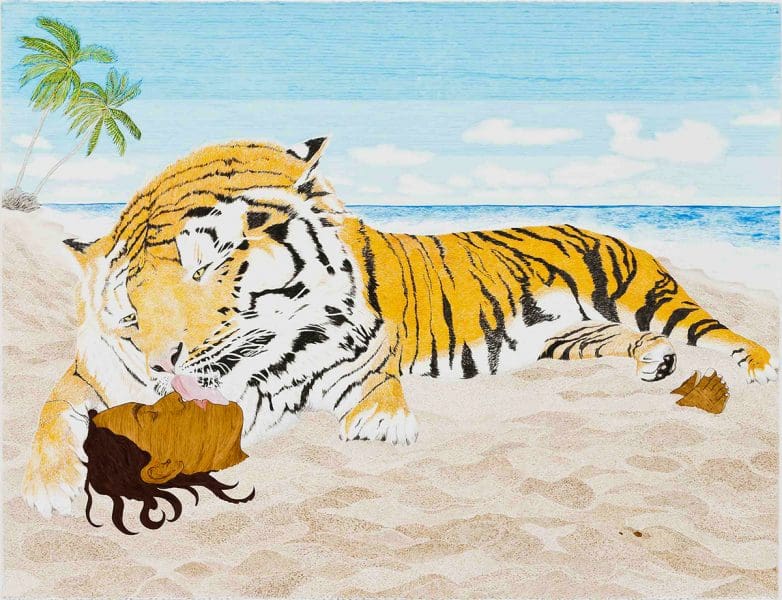
TextaQueen, Reunion, fibre-tipped markers and coloured pencil on Stonehenge cotton paper. MPRG Collection, purchased 2014.

TextaQueen, Ritual, 2015, fibre-tips and watercolour on cotton rag.

Portrait of TextaQueen, courtesy Mornington Peninsula Regional Gallery.

Portrait of TextaQueen, courtesy Mornington Peninsula Regional Gallery.
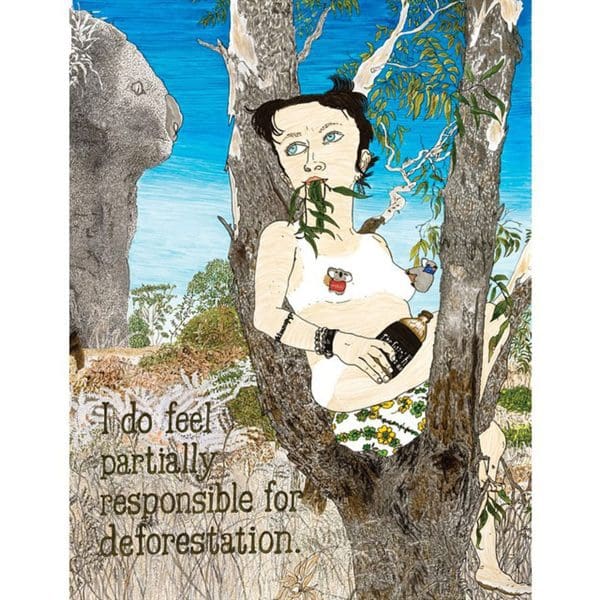
TextaQueen, The Giant Koala (jenjen), Dadswells Bridge, 2009, felt-tips on Stonehenge cotton paper. Private collection.

TextaQueen,True History of the Kelly Gang (Salote), Warby Ranges 2009, felt-tips on Stonehenge cotton paper. Private collection.
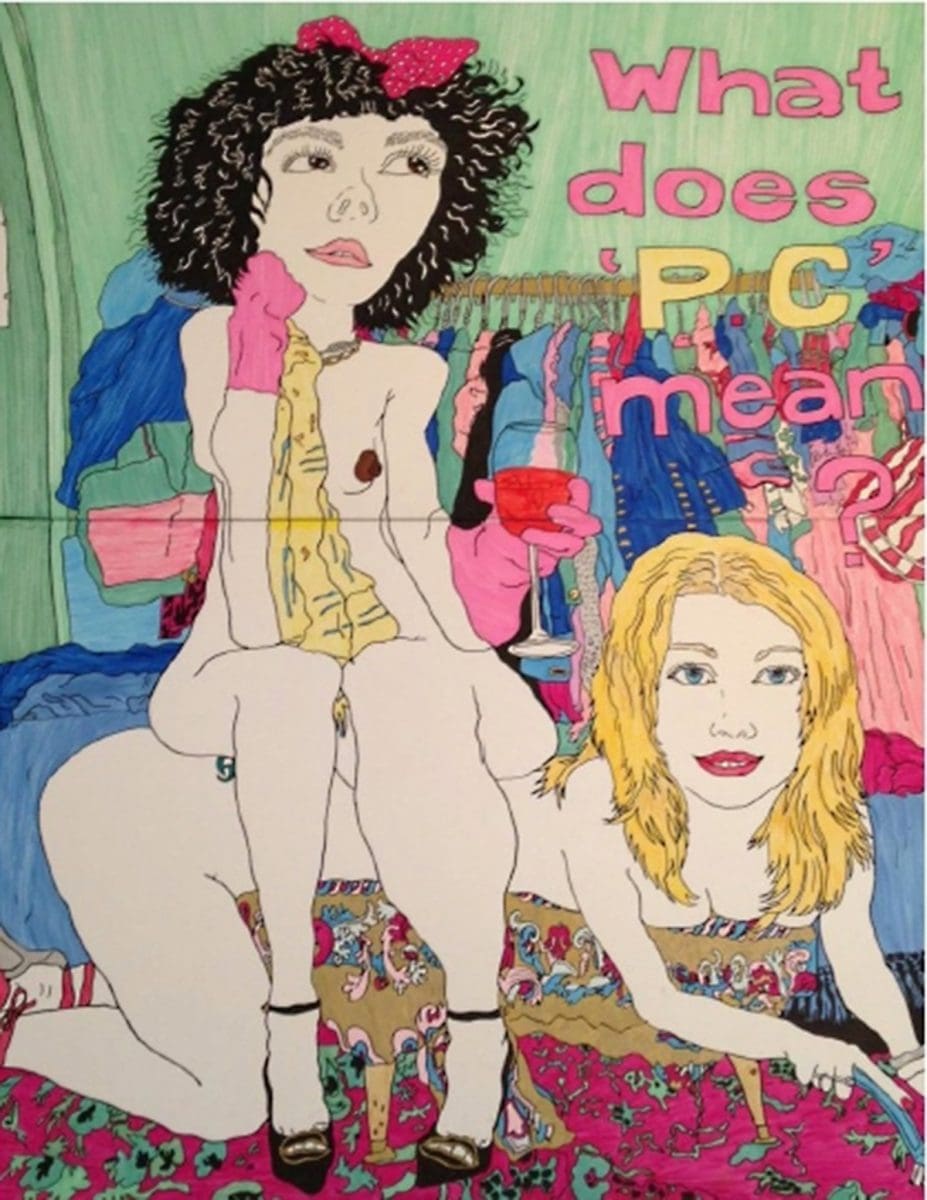
TextaQueen, What Does PC Mean?, 2006, felt-tip marker and acrylic paint pen on Stonehenge cotton paper.
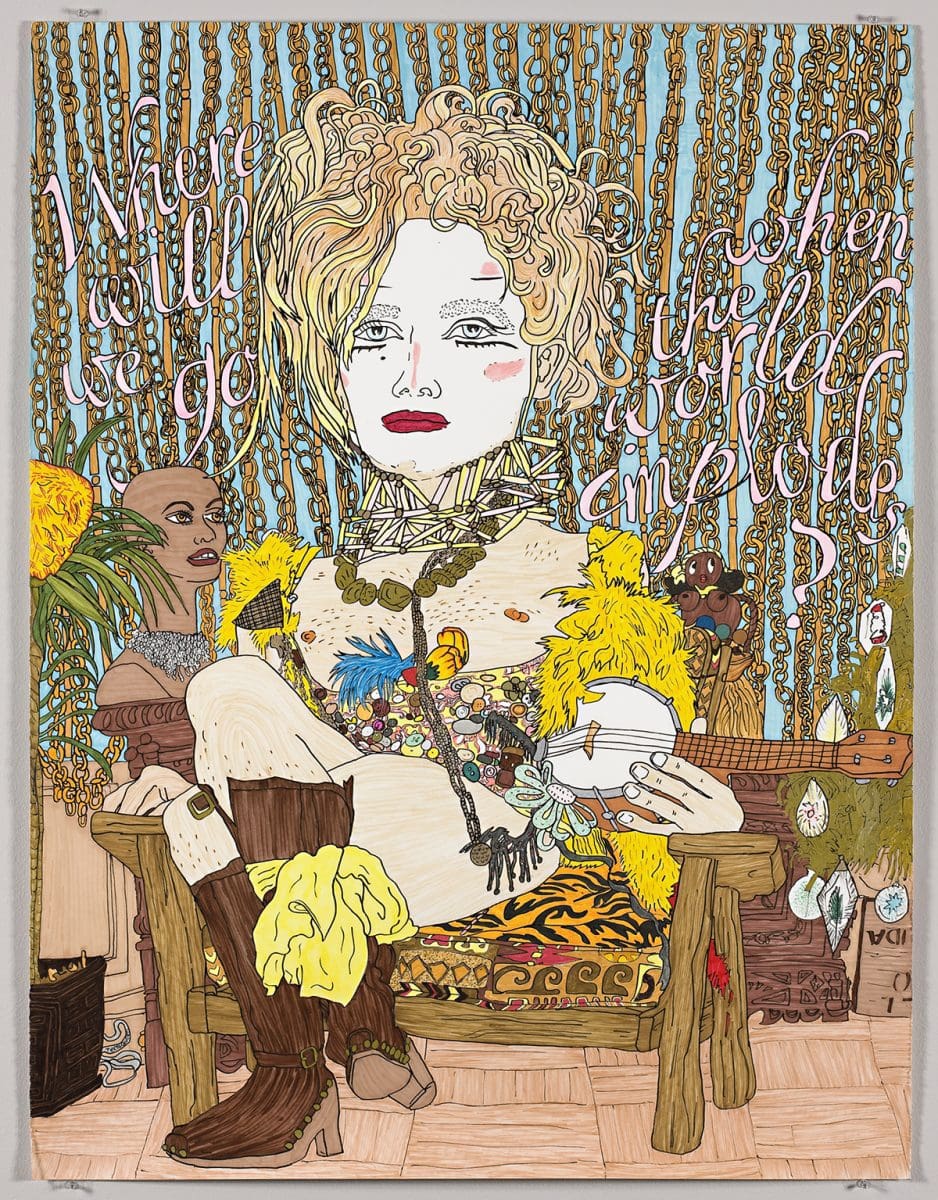
TextaQueen, Where will we go when the world implodes? (Taylor Mac) 2006, felt-tip markers on paper. Mornington Peninsula Regional Gallery. Purchased, National Works on Paper, 2008.
One of the first photos I saw of TextaQueen was a portrait of her standing in a red shortie jumpsuit, rainbow coloured felt-tip pens slung in a holster belt around her waist. For nearly two decades, she has wielded the felt-tip pen like a weapon and executed elaborate portraits of people and places with the gusto of a superhero. “I entered dozens of colouring-in competitions as a child, and won most of them,” she says. “I’m sure that was a guiding influence.”
It’s not all fun and games though. While Texta undoubtedly makes the most of the vibrant palette felt-tip pens offer, her meticulous images explore complex issues of culture, race and identity, particularly from her perspective as an Australian-born Goan-Indian. In Between You and Me, a retrospective spanning fifteen years, it is clear that these themes have remained a constant reference, from her early works on paper to her most recent foray into photography.
One of her best known and most detailed is the decade long Textanudes project. Initially started as a series of pin-up style portraits of women from Australia and the USA, the project quickly grew in notoriety and soon included subjects like artist and sexologist Annie Sprinkle and founder of the SisterSpit performance tours, Michelle Tea.
“Whether it has been drawing other people or myself, ideas of identity are consistent in my work: dynamics of gender, sexuality and race, and how subjective identity is expressed in relation to ideas of collective identity,” Texta explains. “The title of the show, Between You and Me, references the intimacy shared between my subjects and myself in the collaborative process of making much of the work in the show.”
Comparatively, Texta’s Naked Landscapes series ventures further afield to place the nude female figure within the Australian landscape and spins multiple felt-tip reinterpretations of colonial folklore, as seen in True History of the Kelly Gang (Salote), Warby Ranges, 2009. This is followed by We Don’t Need Another Hero, 2011, a collection of drawings that give white washed Hollywood movie posters a powerful multicultural edge by showcasing well known activists like co-founder of Canberra’s Aboriginal Tent Embassy, Gary Foley.
In her Unknown Artist, 2012-2013, and Coconut Legacy, 2014, Texta begins to explore her own experiences of being “a second-generation migrant from India, raised in the lands colonially known as Australia,” through a collection of self-portrait drawings detailing a fictional timeline from birth to death. Using iconic ingredients from popular culture like chocolate flavoured Chico candies and beachside tropical locations, Texta visually dissects the slippery nature of what we believe constitutes our identity. The felt-tip pen allows for deliciously elaborate detail and adds to the multilayered storytelling element that runs through her oeuvre. In images like Expecting, 2013, and Blessing, 2015, Texta favours long, flowing line work that seems to stream over the surface like topographical contours.
Most recently, in a shift away from her drawing practice, Texta has used locations on Victoria’s Mornington Peninsula as a backdrop for photographic self-portraits. In the Eve of Incarnation, 2016, the nude female body is covered with swathes of kelp and frothy branches of scrubby foliage, strangely reminiscent of burlesque costumes and 19th century portraiture. The images possess a beauty and peculiarity that evokes the uneasy complexity of cultural displacement and belonging. “I make my work primarily from a place of wanting to connect to people who can relate to the subjects in the images, rather than as an outsider to the experiences I depict,” Texta says. “I use the image of myself as a vehicle to discuss broader experiences of exoticism, expectations of cultural authenticity and other manifestations of racism.”
Illustrative works of vivid colour, Texta’s images bring recognisable styles of portraiture from Western art history into a contemporary light and challenge commonly held perceptions of culture and identity. She concludes, “I started using felt-tips because of their every-ready-ness, their boldness, and portability, as I was drawing everywhere I went. Although I use pigmented artist markers now in a studio, textas still have that childhood association to them and this suits my style, using this ‘humble’ medium as a subversive way to convey complex ideas.”
TextaQueen: Between You and Me will tour to Benalla Art Gallery and Tweed Regional Gallery in 2017.
TextaQueen: Between You and Me
Mornington Peninsula Regional Gallery
24 February – 30 April
Gods Save the Queen
Sullivan+Strumpf, Sydney
4 March – 28 March